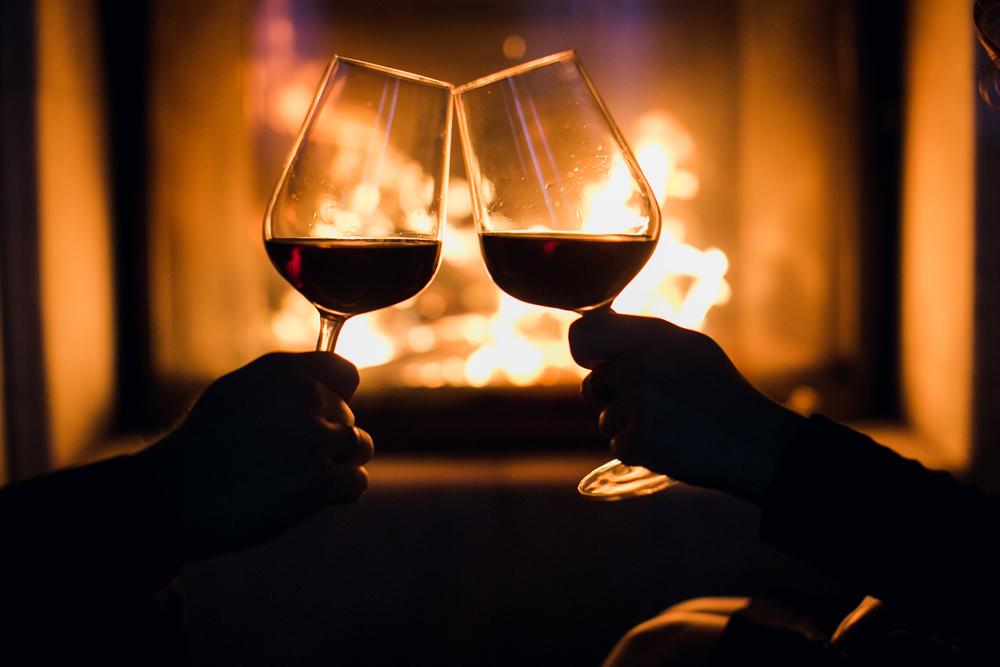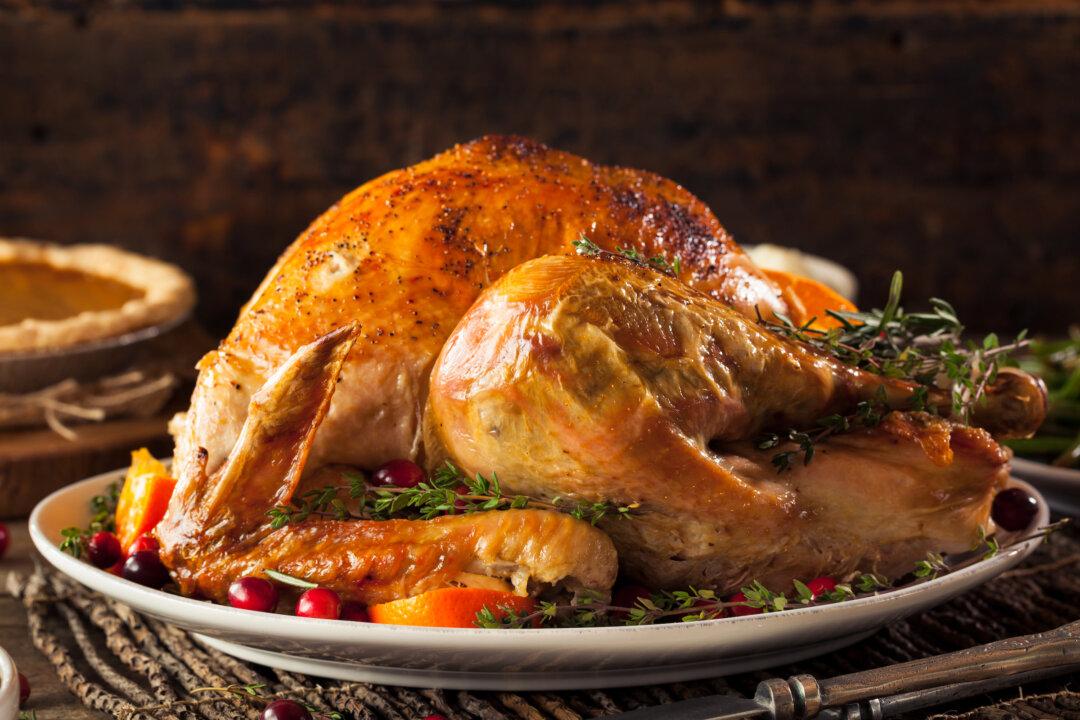In the cold of winter, our palates shift to crave all the rich, heavy comfort foods that warm the soul and drive the chill from our bones. The wines we reach for to pair also change accordingly.
As a general guideline, “you should be thinking about moving toward fuller-bodied wines, with dried or jammy fruit characteristics, with savory aromatics, and more powerful tannins,” said Kyra Deminski, a bartender at Radiator in Washington, D.C. “It’s going to be your peppery Rhône valley syrahs; intensely tannic barolos; and big, bold California cabs that will be amazing for pairing with dishes like hearty stews or braised lamb with winter squash.”






